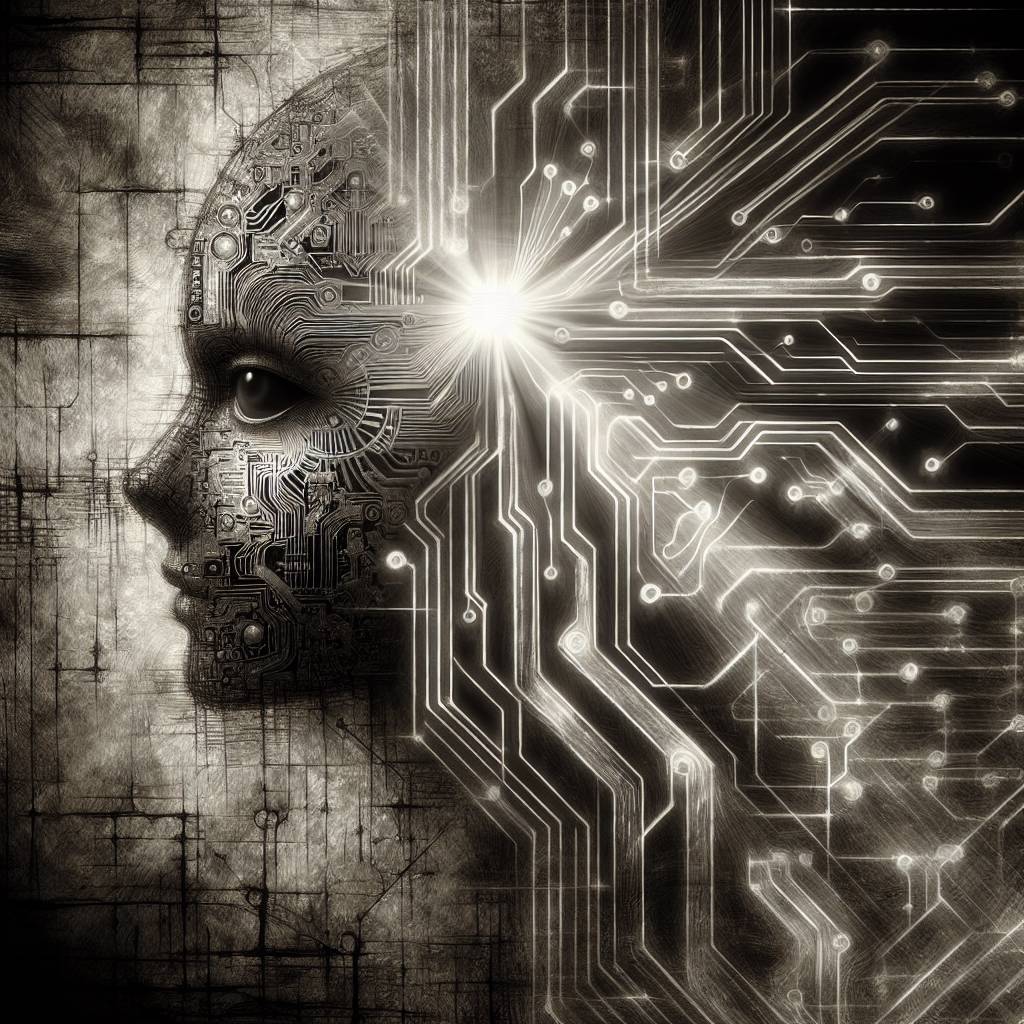AI in Cybersecurity: The Good, the Bad, and the Malware
AI in cybersecurity is like hiring a tireless bodyguard who never sleeps—detecting threats, predicting attacks, and automating responses faster than a caffeinated squirrel. But beware: it’s pricey, data-dependent, and can come with ethical quirks. So, before you let AI guard your digital gates, consider if it’s your cyber hero or just a high-tech headache.

Hot Take:
AI in cybersecurity is like a superhero with a questionable sidekick—capable of saving the day but also prone to throwing some unexpected curveballs. Just make sure you’re not spending your entire budget on a cape and a mask!
Key Points:
- AI enhances threat detection with machine learning, spotting threats that traditional systems might miss.
- Automated incident response trims down reaction times, letting AI do the heavy lifting while humans handle the brain teasers.
- While AI is a whiz at analyzing data, it’s only as good as the data it’s fed—garbage in, garbage out!
- Adversarial AI is the evil twin in this story, with hackers using it to outsmart security systems.
- AI’s high implementation costs mean small businesses might have to choose between it and paying rent.
Already a member? Log in here
